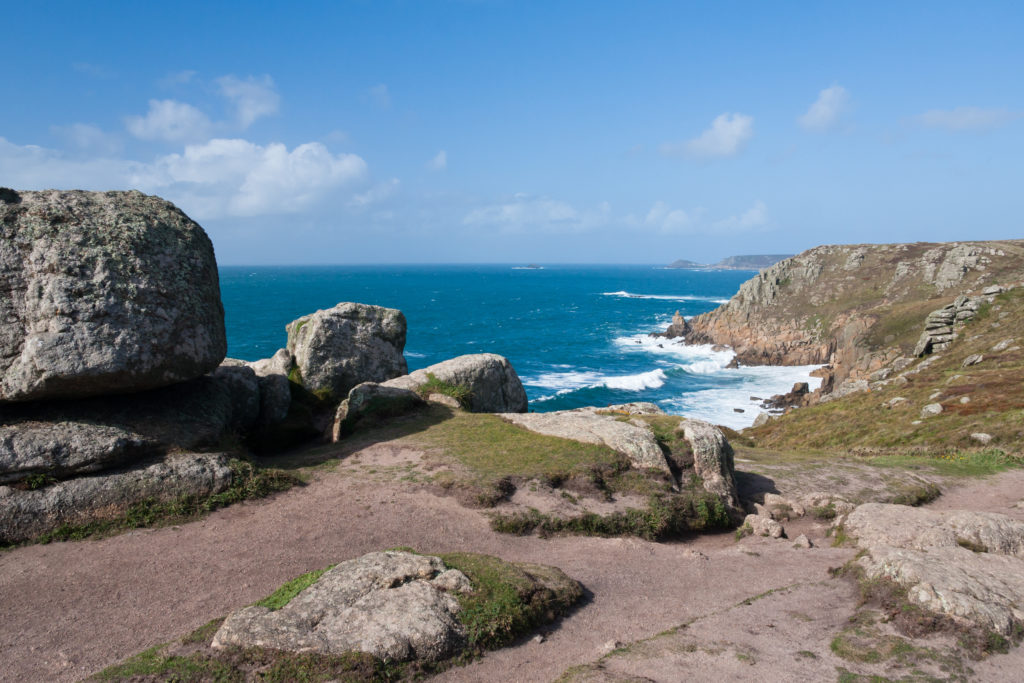
Sarah Slade from the Country Land and Business Association explains the impact the new coastal access measures will have.
With just three years left until the Government’s 2020 deadline for implementing its new coastal access measures, Natural England is busy working on stretches of coast all around the country, including the South West.
The Marine and Coastal Access Act 2009 seeks to fulfil the government’s vision of ‘rights to walk along the length of the English coast within a wildlife and landscape corridor’ and therefore provides for both a coastal trail, and rights for the public to walk over the coastal margin – the area (with some exceptions) between the trail and the sea.
Landowners already familiar with the existing South West Coast Path may notice three main differences under the new coastal access proposals:
- The provision of coastal margin.
- The ability to ‘roll back’ the path in response to coastal change.
- The potential to include estuaries.
There is no compensation for these new rights, but it is an overriding principle that there must be a fair balance between each individual landowner (or occupier) and the public. So, certain types of land are ‘excepted’ from rights of access: for example, parks, gardens, and buildings and their curtilage. On some land types the situation is more complicated: golf courses, camping and caravan sites and arable land are generally excepted from access rights, but Natural England is able to propose that the coastal trail should pass through these areas.
As a general principle, the new coastal trail should normally follow the existing South West Coast Path. However, there may be sections where Natural England will be looking to improve the route – for example, because it currently follows a road, deviates inland or is vulnerable to erosion.
The new coastal trail must be safe and convenient for the public, and should, preferably, be close to the coast with views of the sea, while having as few interruptions as possible. Many estuaries interrupt the coastline and so Natural England has the discretion to extend coastal access up an estuary (but may not go beyond the first public crossing point on foot). Natural England must take account of additional criteria, including the nature and topography of the land, the width of the river, the recreational benefit, the amount of land that would be excepted from access rights or the availability of a ferry. Natural England is not obliged to make use of existing ferry crossings and could instead propose extending access around an estuary, subject to meeting all other criteria.
The new rights must not cause an undue burden on the landowner. Natural England has many tools at its disposal to mitigate any adverse impacts, including the ability to provide alternative routes (for example, to overcome seasonal ferry issues) and to restrict
access to land – for example, for environmental or land management reasons. Although landowners have a right of objection, it is usually more beneficial to try to resolve any issues with Natural England at an early stage.
CLA can provide further advice to landowners with concerns about coastal access.
Sarah Slade MR/CS National Access Adviser
Country Land and Business Association sarah.slade@cla.org.uk
This article first appeared in our rural newslink newsletter. To find out more about our rural team and how they support the rural community visit their page or get in touch on 01392 210700.